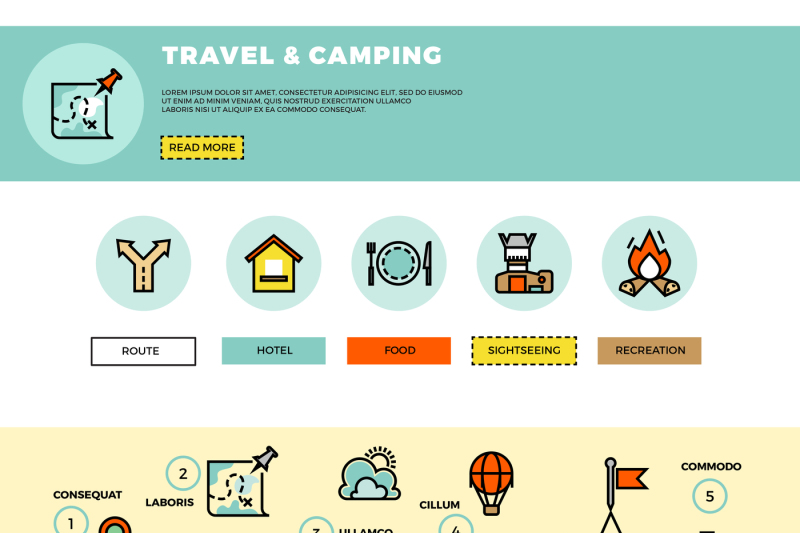From the nomadic people of Central Asia to glamping websites all over the world, bell tents have become an icon of rustic journey. Their famous silhouette and roomy interiors create a setting that is both relaxing and impressive.
How do you stay warm in a tent?
Their beginnings can be traced to military tents made by Henry Hopkins Sibley, that patented the cone-shaped canvas shelter in 1856. The design was based upon the Indigenous American teepee and was developed to be easily assembled, sturdy and mobile.
Origins
The bell tent has actually been a staple for exterior lovers since the 19th century. The layout is rooted in army camping tents that saw service in the Crimean Battle, and later on ended up being popular with precursor groups across America. The American Sibley tent was a version of the European bell camping tent. Its creator, Henry Hopkins Sibley, took ideas from the Indigenous American tepee when producing his version. His version integrated a single facility pole, raised bigger walls and a venting cap that permitted smoke from the range to escape.
Today, modern-day canvas bell camping tents offer a feeling of high-end for camping lovers and are a preferred option for glamping retreats. With a sizable interior and an attractive form, these camping tents can be adorned with furnishings and decoration to produce a comfortable and intimate setting for passengers. The circular style additionally aids with wind resistance and allows for adaptable indoor designs. The simpler design with less poles and stakes makes it less complicated to establish camp and transportation to different areas.
Armed forces Use
The Bell Tent was a home-away-from-home for several soldiers in the 18th century. It was used on the battlefield along with for command centres and field hospitals.
Its capability to be rapidly set up in a selection of objective situations enabled it to serve as a reliable sanctuary and work area. Its modular design means it can increase or get to fit the requirements of different sized groups and objectives.
In addition, it can be easily transported making use of a variety of cars and manual transportation, making it a functional option for army and rescue procedures. Its lightweight, compact nature additionally makes it simpler for soldiers or rescuers to lug and hike across intricate terrain to reach their goal website. This saves beneficial time and sources.
Glamping
With the rise of glamping, bell outdoors tents became preferred as an extravagant camping choice. Their renowned shape produces a magical setting and can be fitted with elegant furnishings to include an extra touch of convenience to your camping experience.
In the 19th century, the army adapted the style to make it more long lasting and practical for usage on war zones and explorations. Animal hides were changed by canvas that had been treated with waterproofing representatives, enabling the bell outdoor tents to endure harsh weather.
The bell outdoor tents's functionality captured the attention of leisure campers, and it promptly acquired appeal as a camping tent for camping journeys and other outside events. It is now a staple at store camping websites, music celebrations, and eco-resorts, where it supplies a blend of fond memories and sophistication.
Style
The bell outdoor tents's easy layout caught the eye of entertainment campers, and it soon ended up being a camping gifts for couples staple among those who wanted to experience the outdoors stylishly. Today, you can locate these flexible frameworks in campgrounds and at glamping hideaways across the world.
The initial trademarked variation of the bell tent was established by Henry Hopkins Sibley throughout the American Civil War, drawing ideas from Indigenous American tipis. He incorporated a solitary main pole, short side wall surfaces, and an aired vent "cap" for smoke from a range to develop his innovative tent.
Gradually, Sibley's layout improved with the enhancement of breathable canvas and various other materials that enabled the outdoor tents to regulate its temperature. Modern bell camping tents are made from a selection of products, including cotton and blends with flame resistant textile to reduce fire risks. Their large insides are perfect for organizing furnishings to produce comfy resting areas and lounge spaces. They are also lightweight and simple to construct, making them a great option for novices or any person seeking a stress-free camping experience.
What are the types of camping?
